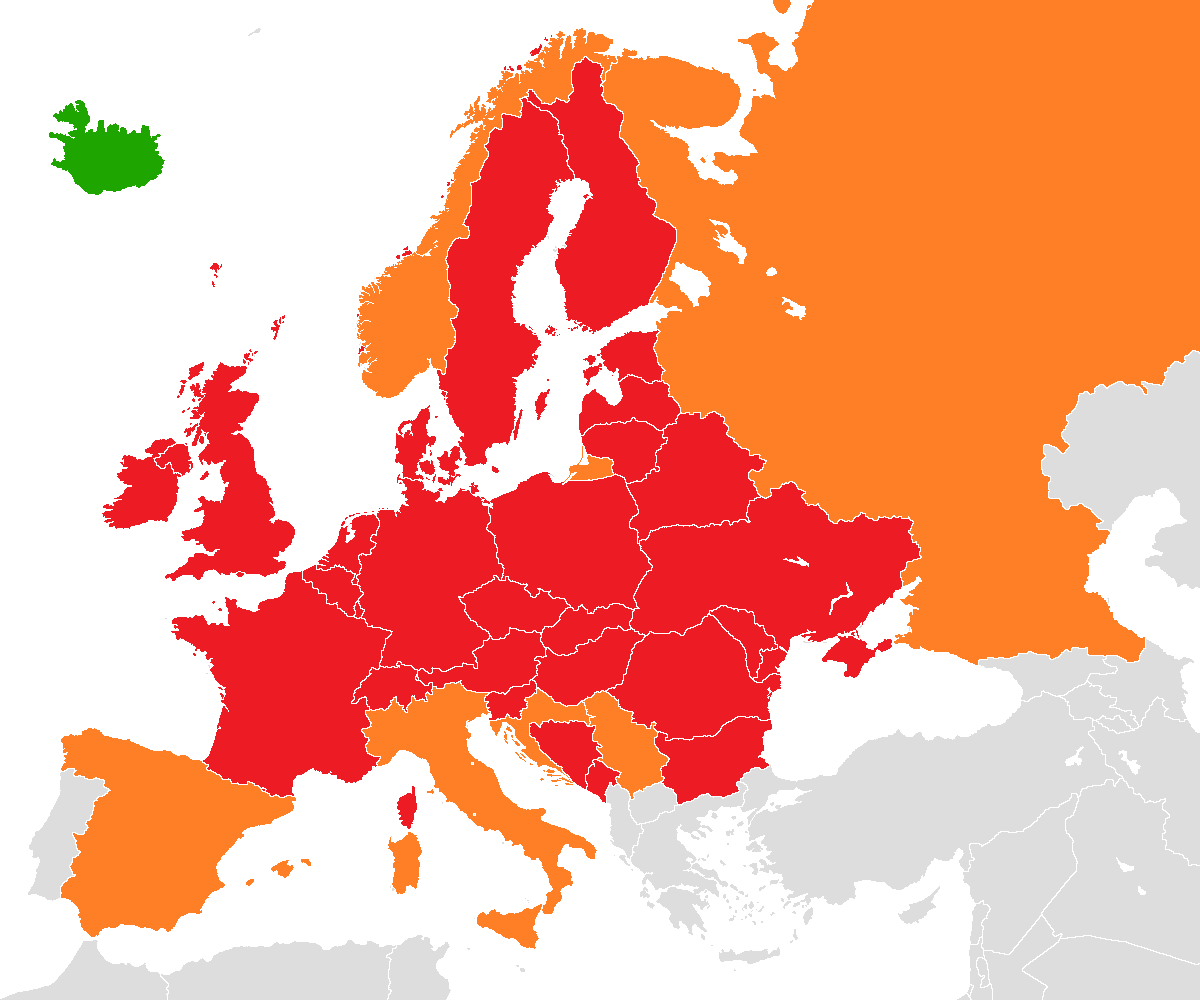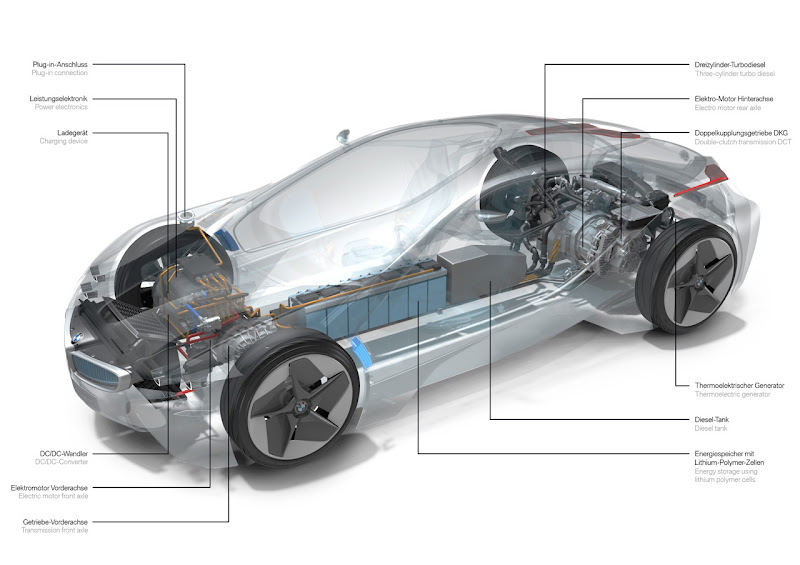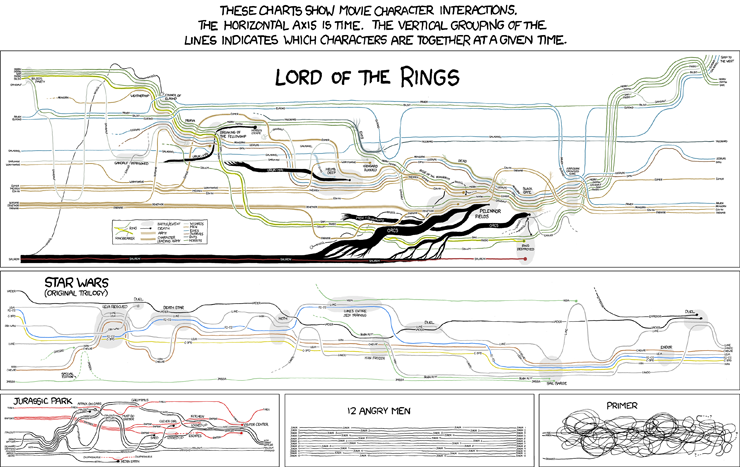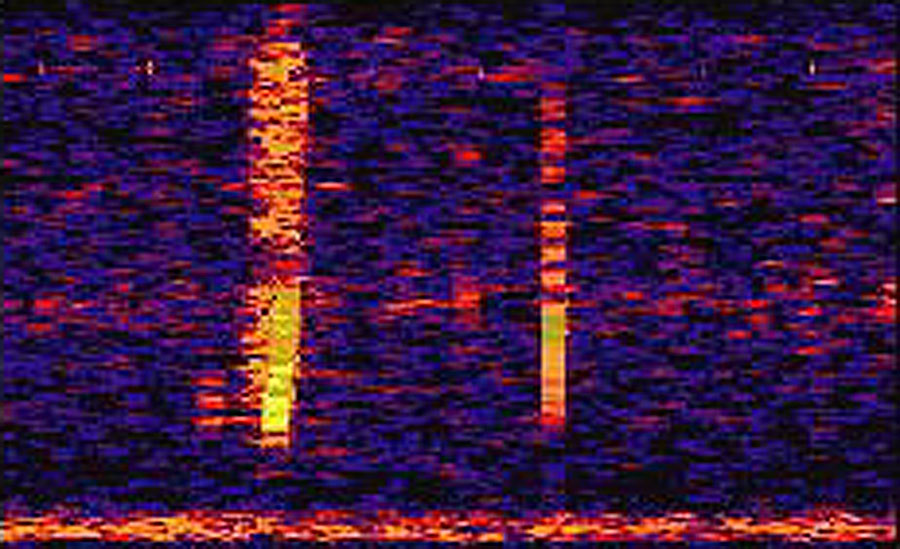Unlike many of the blogs for this week, mine won't be about the volcano. Instead, I'm going to talk about Google Trends. Google Trends is dedicated to providing data and visualizations about current hot topics in the world (or specifically USA, your choice). These topics are chosen by how many people have searched (or "googled") these topics in the past few hours.
Strangely enough, I came across this from Yahoo. Like many nights, I checked out the Yahoo homepage for news, when I saw an article written about the new show, "Into the Universe with Stephen Hawking", on the Discovery channel. It premiered last night and I forgot to record it.

So, like most college students, I went and googled it, hoping someone might have posted it online or that maybe I could torrent it. But it must have been too soon after the broadcast, cause I couldn't find a thing.
However, I did notice that when I had googled the show's title, google had a separate box from the search results, revealing that this search was considered a "hot topic" in the last few hours. I followed this link to a page in Google Trends, which provides for the search topic, a graph (detailing search activity), a ranking of "hotness", a list of news results, a list of blog results, web results, and a list of other current hot topics. Below is a screenshot from right now, and as you can see, Stephen Hawking is no longer as popular as he was yesterday.

Google never ceases to amaze me. I think in this particular case, its a handy way to find out what's new and popular; a new way to get the
very latest news. And in this particular case, it was fun to see what the public's reaction to the show was. The majority of the news and blogs seem to be more than a simple critic over last nights show, but deeply discusses one of Hawking's personal theories about aliens. It's not exactly what I was looking for at the time, but it was interesting to find out.
In addition, Google Trends have several other visualizations in the form of charts. Some of which compare search terms to one another, based on popularity, and based on location. In searching for Stephen Hawking, it seemed he was very popular in Peru for some reason. I invite everyone to go check it out and explore what the "hot" topic of the hour is.




































